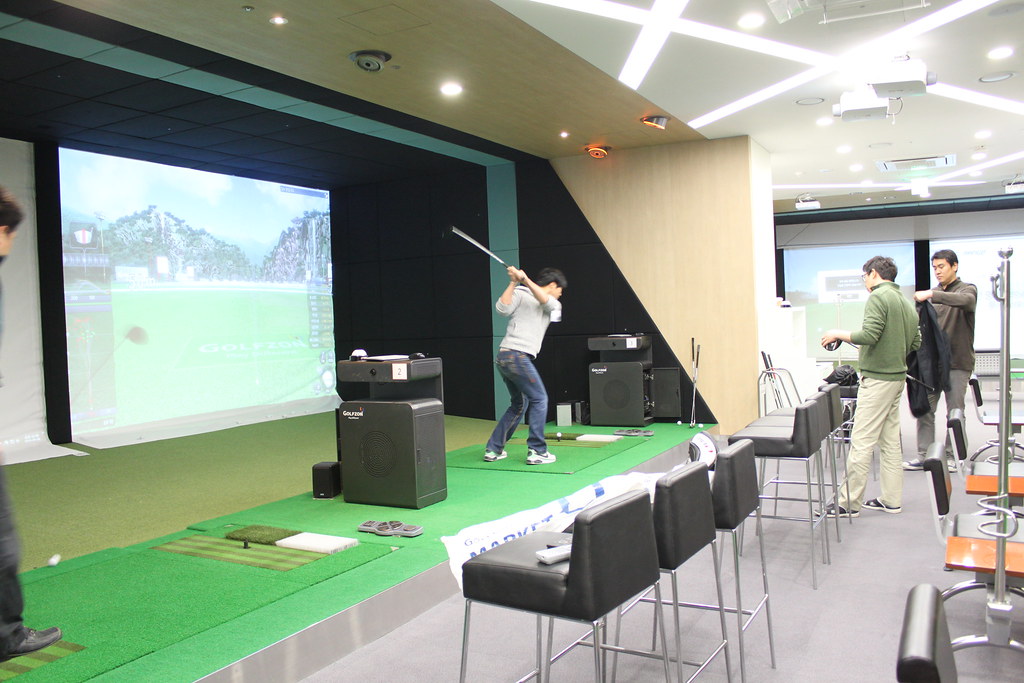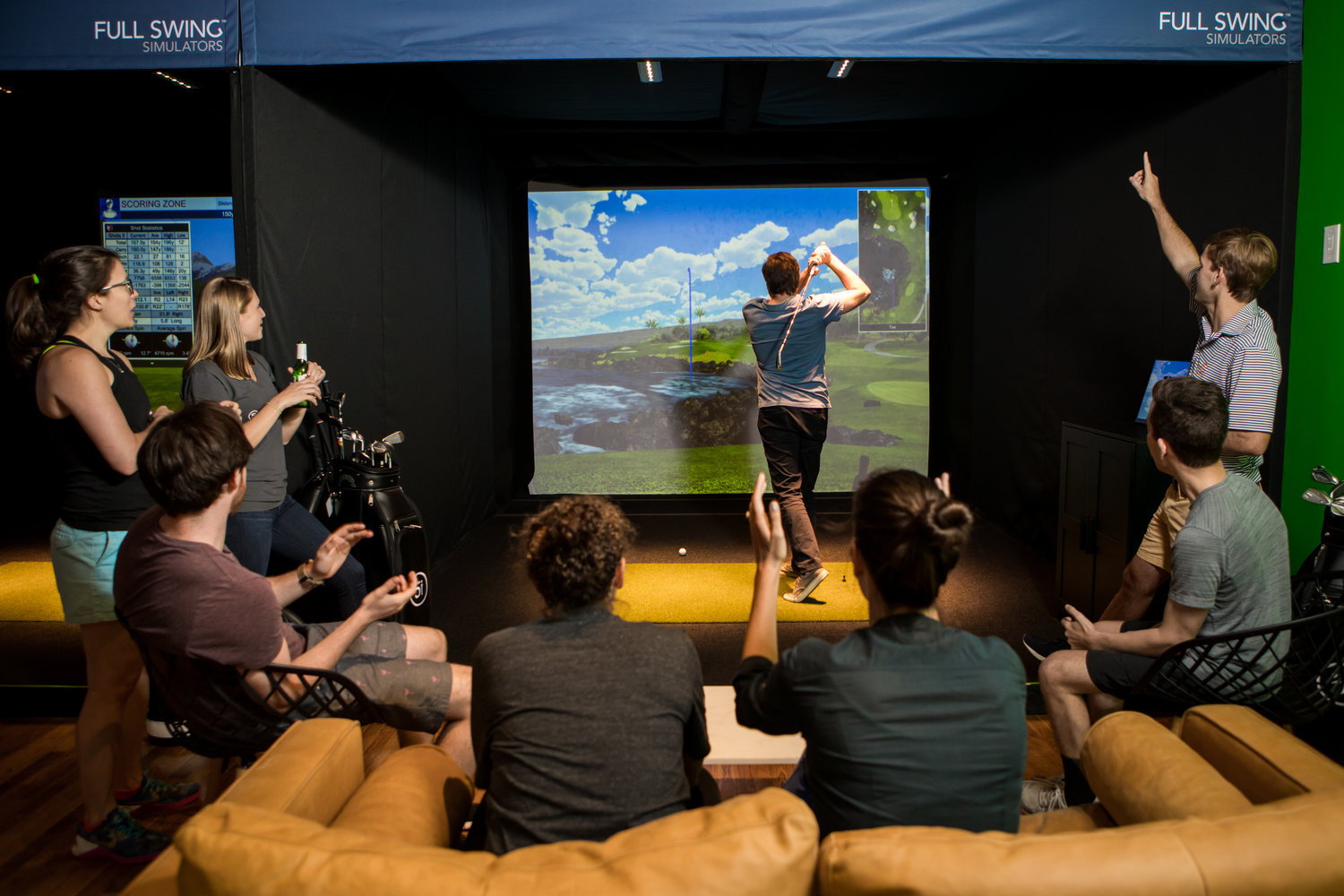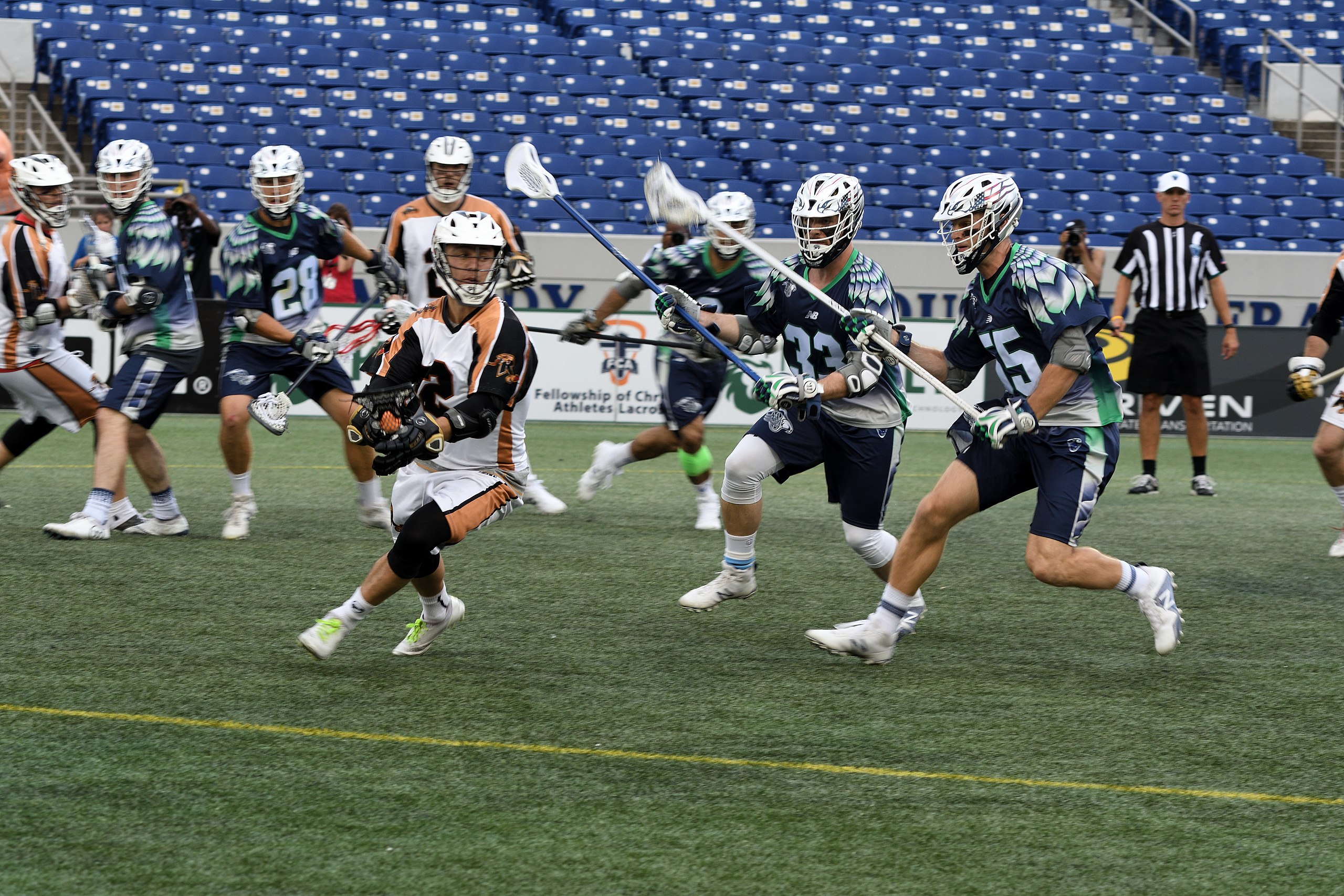In 2019, the golf simulator market was valued at more than $1.2 billion with an expected compound growth rate of more than eight percent for the following decade, and it’s not hard to see why. In a world driven by the pursuit of convenience and efficiency, simulators offer golfers unique components that can help improve their game.
Getting in reps, and availability to getting them in, is key to improving one’s game, but golf courses can’t always properly offer them. Rain, snow, and heavy winds can all close a course for the day. And depending on where you live, inclement weather could wipe out months of potential practice time.
Simulators, on the other hand, don’t face those issues. They’re built and operated completely indoors, theoretically allowing resident New Yorkers to work on their games in the heart of February, ensuring their golf skills remain sharp and ready for when the courses open up again.
And if you happen to install a simulator in your home, you’ve got 24/7 access. Whether early in the morning or late at night, in-home simulators offer availability that conforms to your schedule and lets you improve on your own time.

When using a simulator, you have access to unparalleled data that can help you improve all the components of your swing. High-resolution cameras build virtual images that track aspects like the speed, launch angle, and the amount of spin on your ball and can provide that information immediately, thus allowing for a better understanding of all that went into a swing. You can then use that data to tweak and improve your swing.
“Day by day, you can see your yardage improving, your smash factor increasing, and your accuracy becoming pinpoint,” wrote Foresight Sports. “Not only that, but, by presenting a wide array of data points for you to analyze, you can also break down every swing and see where you can put your training efforts for maximum reward.”
While all these components highlight simulators’ appeal, that has to be balanced with the reality of its limitations.
Golf is a sport with unique conditions that vary based on time and location. Not all courses are identical, varying from links to parklands to sandbelts, and winds can fluctuate wildly. Those conditions can’t be replicated by technology, yet the ability to adjust to them needs to be factored into one’s development.
It’s easy to hit a perfect ball under the pristine circumstances of a simulator, but what happens when you get out on the actual course and have to play the wind? How do you properly hit your ball out of a bunker when the simulator’s generic teeing-off point never prepared you for that?
Simulators are a great way for golfers to get around-the-clock reps that offer purposeful feedback they can use to improve, but the real game will always be played on courses. Until that changes, nothing will ever beat the experience of the real thing.
Photo Credit: Google Creative Common Licenses









